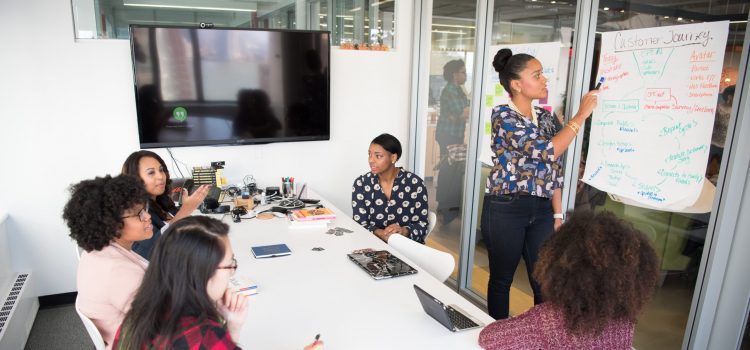What’s slowing down your business? How could your morning routine be more efficient? Every system has slow parts that drag the whole system down. Identifying bottlenecks is key to maximizing a system’s efficiency. In The Great Mental Models Volume 3, authors Rhiannon Beaubien and Rosie Leizrowice explain what bottlenecks are, how to identify them, and why bottleneck management is a necessary ongoing process in any system. Let’s look in detail at how to identify bottlenecks.
How to Identify Bottlenecks: Where’s the Holdup?










